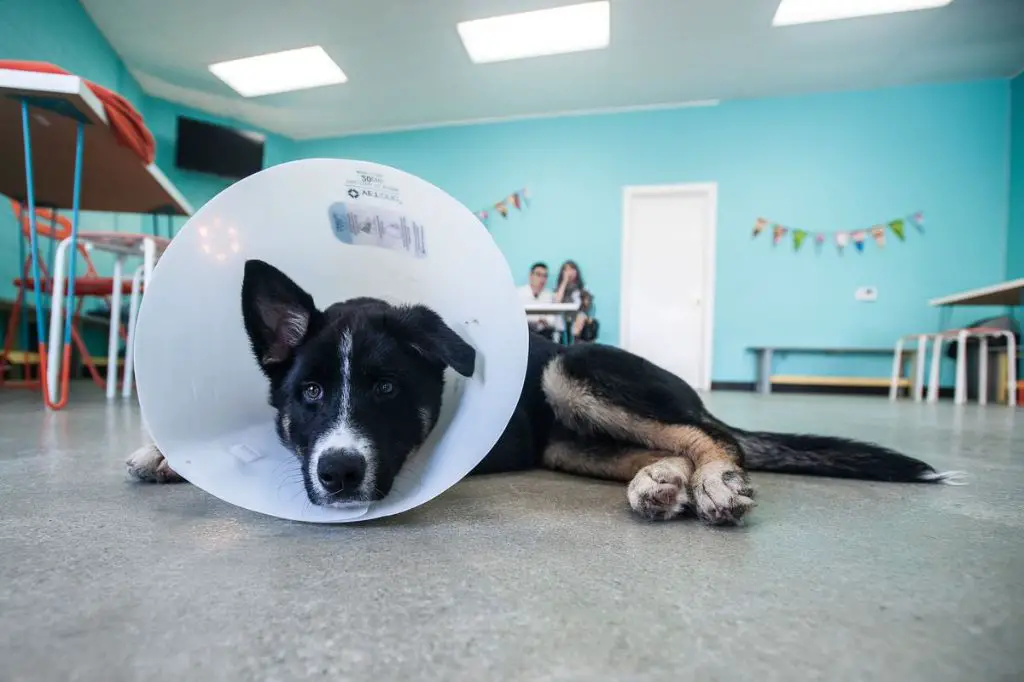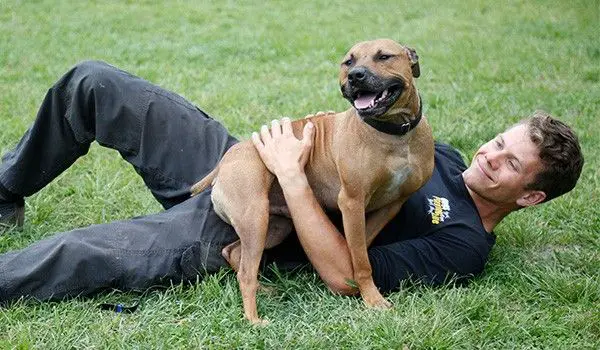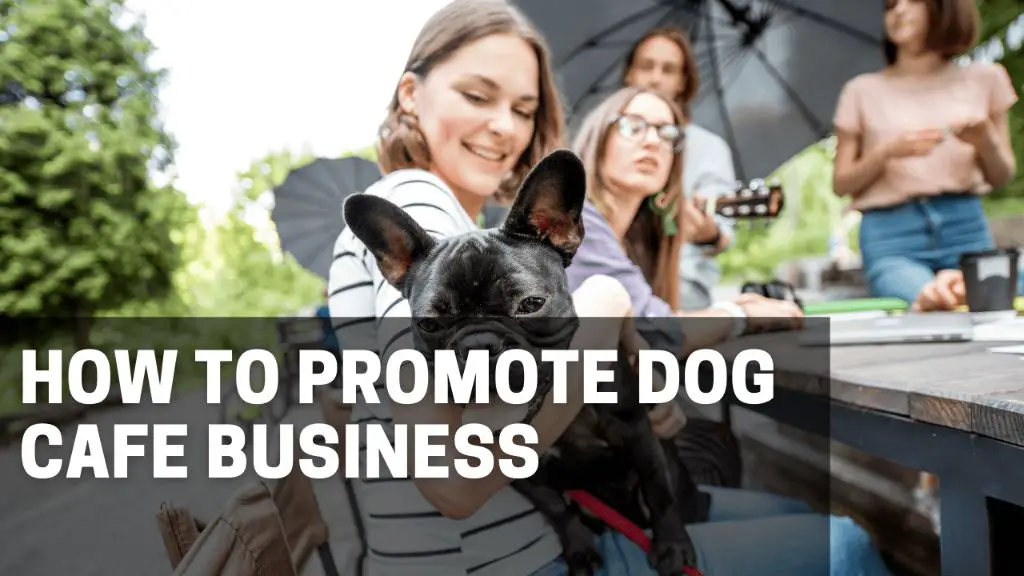Introduction
Dog-friendly cafes have been gaining popularity worldwide over the past decade. They allow patrons to bring along their dogs while they enjoy a meal or drink. The concept originated in South Korea and Taiwan in the late 1990s before spreading to other parts of Asia, Europe, and North America.
The main appeal of dog cafes is the opportunity for dogs and their owners to socialize in a relaxing environment. Many urban pet owners have limited options to take their dogs to restaurants or cafes. Dog-friendly establishments provide a welcoming space where dogs can be part of the dining experience.
There are several benefits to operating a cafe that allows dogs. It caters to a growing demographic of dog owners who consider pets as part of the family. This provides a unique way for cafes to attract new customers and build loyalty. Studies show that the presence of dogs can relieve stress, improve moods, and increase social interaction. Dog cafes allow owners to bond with their pets while enjoying good food and drinks. Pets also add to the warm and lively ambiance.
From a business standpoint, permitting dogs helps generate buzz, social media shares, and free advertising. Pet-friendly policies can distinguish a cafe from competitors. It’s an opportunity to cater to an underserved market in many communities. Despite some additional costs and considerations, the pros seem to outweigh the cons for most dog cafes.
Legal Requirements
Before opening a dog friendly cafe, it’s important to understand the legal requirements in your local area. According to an article on Animallaw.info, as of 2023, 23 states have laws allowing dogs in outdoor dining spaces, but local municipalities can impose additional regulations (FAQ: Dogs in Restaurants). You’ll need approval from your local health department to allow dogs, so check their regulations.
You may need to apply for a special business license to operate a dog friendly cafe. Your local municipality likely requires all food establishments to have a general business license, but having dogs on premises may require additional permitting. Double check with your local licensing office.
It’s also crucial to have the proper insurance coverage. According to the USA Today article, general liability insurance may not cover injuries or incidents involving dogs, so you may need to purchase additional riders to cover dog bites or other incidents (Dogs can join us for summer dining, government says. But…). Consult with your insurance agent.
Space Design
When designing the layout of a dog friendly cafe, it’s important to separate the dog and human areas while still allowing them to interact. Many cafes have a gated or partitioned dog area with comfy beds, mats, and toys where pets can relax off-leash (https://www.pinterest.com/Mypetlife/pet-cafe/). Adjacent to this is an area with dog-friendly tables for owners to sit, eat, and drink while keeping an eye on their pets.

For flooring, easy-to-clean materials like tile, concrete, or specially treated stained concrete are good options that can withstand messes from paws and accidents. On walls, a fresh coat of low-VOC paint will allow for frequent cleaning. Murals of dogs can provide fun decor. It’s wise to use furniture and decor made to withstand pet damage.
Having conveniently located waste stations stocked with bags, cleaning supplies, and trash bins helps keep the cafe clean. Strategically placing these throughout the space encourages owners to immediately clean up after pets.
Staffing
A dog friendly cafe requires staff who are comfortable and knowledgeable around dogs. It’s crucial to provide proper training for your employees on dog handling and care. As recommended in this article, consider partnering with a professional dog trainer to conduct training sessions that cover topics like dog body language, diffusing situations with unruly dogs, and safely serving food around pets. You want staff to feel confident engaging with dogs and handling any issues that arise.

In addition to dog handling skills, it’s wise to have your staff first aid certified according to the article on dog friendly restaurants. This will equip them to respond properly in the event a dog is injured or has a medical emergency on site. Having staff trained in dog CPR is also recommended. When interviewing, consider candidates with prior experience working around dogs, as they may require less training. The goal is a knowledgeable, capable staff ready to provide top-notch service to both canine and human customers.
Menu Planning
When developing the menu for a dog friendly cafe, it’s important to consider dog-safe ingredients and specialty items just for canine customers. According to this article, some good dog menu ideas include:
- Scrambled eggs and turkey
- Yogurt parfait with blueberries, peaches, and pears
- Quinoa bowl with choice of unseasoned protein and vegetables
In addition to healthy dog-friendly dishes, many cafes offer specialty treats and desserts like pupcakes (cupcakes for dogs), puptarts, and frozen yogurt bark made with ingredients like peanut butter, bananas, and honey. When developing a specialty dog menu, it’s important to avoid ingredients that are toxic to dogs like chocolate, onions, alcohol, xylitol, and grapes.
For human customers, the menu can include dishes made with dog-safe ingredients so they can share a meal with their pup. According to this Food & Wine article, some restaurants allow people to order a special doggy plate for sharing.

Cleaning and Maintenance
Daily cleaning and sanitization are crucial for maintaining a dog friendly cafe. According to the ASPCA, it’s important to sweep and vacuum daily to pick up pet hair and debris that can be tracked in. They recommend using pet-safe cleaners and sanitizers on floors, tables, chairs, and dog bowl/water stations. Be sure to clean up any accidents or messes right away.
The ASPCA also suggests having cleaning supplies on hand like disinfectant wipes, paper towels, and carpet stain remover in case of accidents. Mop hard floors daily and use dog-safe cleaners that won’t irritate paws. Sanitize tabletops and chairs after each guest. Do a deep clean weekly by scrubbing floors and giving extra attention to baseboards, corners, and crevices where dirt collects.
For daily sanitization, the Centers for Disease Control and Prevention recommends using EPA-approved disinfectants effective against SARS-CoV-2, the virus causing COVID-19. Disinfect high-touch surfaces like doorknobs, tables, chairs, and shared items between uses. Follow product instructions for application and proper ventilation. Take steps to reduce the spread of germs by providing hand sanitizer and encouraging hand washing.
Sources:
https://www.aspcapetinsurance.com/resources/25-tips-for-a-clean-and-pet-friendly-home/
Safety and Etiquette
A dog-friendly cafe requires proper etiquette from dog owners to ensure a safe and enjoyable environment for all patrons. Here are some key points on dog behavior requirements and cafe house rules that owners should follow:
All dogs must be on a leash when in the seating areas, except when in a designated off-leash area. Dogs must be under voice control at all times. Owners are responsible for their dog’s behavior – excessive barking, jumping on furniture/people, or aggressive behavior is prohibited. Any dog showing signs of illness should not be brought to the cafe. Owners must promptly clean up after their dogs with provided materials.
Dogs should not be fed any human food or cafe food/drinks unless explicitly offered by the owner. Owners should bring their own water bowls. Dogs must remain on the floor and not on cafe chairs or tables. Designated dog-friendly seating areas should be clearly labeled with signage.
It’s recommended to have clear signage posted at the entrance and around the cafe stating rules of conduct. This helps set expectations and allows staff to enforce policies. Example signs could say “Dogs Must Be Leashed” or “Dog Owners Are Responsible for Cleaning Up After Their Pets.”
Community Partnerships
Forging strong community partnerships will be crucial for the success of a dog friendly café. Local animal shelters and rescues can be great partners to source adoptable dogs that customers can interact with at the café. According to an article on NPR, many dog cafes partner with local rescues to showcase adoptable pets.
Partnering with local veterinarians can also be beneficial. Vets can provide advice on keeping the dogs healthy and safe. Offering discounts to customers who use partner vets may incentivize people to bring their pets to those veterinarians for checkups and care.
Other potential partners include pet supply stores, groomers, trainers, photographers, and other pet businesses. Cross-promotions and co-hosting events can help attract more customers. An article by Priyan on Medium notes that dog cafes foster connections and a sense of community. Strategic partnerships tap into that.
Marketing
Marketing your dog cafe effectively is key to attracting customers and building a loyal following. Leveraging social media platforms like Facebook and Instagram can help spread the word about your cafe and any special events or promotions you’re running.
Hosting events like “Yappy Hour” or “Puppuccinos and Pupcakes” is a creative way to get community engagement. Offer discounts or freebies to drive traffic during slower times. Partner with local pet businesses and shelters for cross-promotions or charity fundraisers. According to Starter Story, collaborating with groomers, trainers, pet sitters etc. can help you tap into an existing customer base.

Building relationships with influencers, bloggers and photographers in the pet space can also help drive word-of-mouth marketing. Consider inviting them to check out your cafe in exchange for coverage on social media, blogs or other outlets.
Financial Planning
Opening and operating a dog-friendly cafe requires careful financial planning and budgeting. The initial costs can be significant, including building or renovating space, obtaining permits and licenses, purchasing commercial equipment, hiring and training staff, and marketing the business.
According to a detailed financial model for a hot dog cafe, start-up costs can range from $150,000-$300,000. Key expenses include leasehold improvements, cafe equipment, inventory and working capital. Ongoing operating expenses will include rent, utilities, payroll, supplies, insurance, marketing and other administrative costs.
On the revenue side, income will come primarily from food and beverage sales. Additional revenue can be generated through membership fees, retail merchandise, dog services like grooming or daycare, and hosting events. Setting competitive but profitable menu prices will be essential. Long-term profitability will depend on keeping costs in control, attracting sufficient customer traffic and repeat business.
Careful financial projections and planning is strongly recommended. Analyze expected costs and revenues across various scenarios to determine how much capital may be required, and the potential timeline to break even and achieve profitability. With proper funding, an appealing concept and good location, a dog-friendly cafe can become a financially successful business.